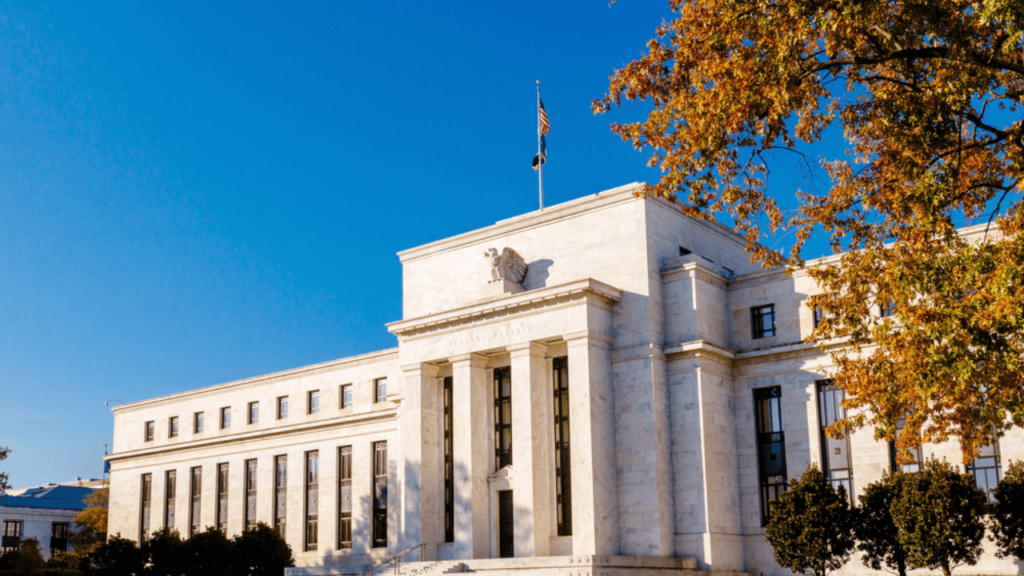A year ago, we warned that inflation would be a top 2021 story. As prescient as that might sound, it was predictable. Collapsing prices as the pandemic erupted in 2020 made it easy to forecast that rebounding prices a year later would translate into significantly higher inflation.
But we were also skeptical that inflation would be transitory. More was in play than base effects.
For instance, long and vulnerable supply chains had already been under assault from four years of misguided Trump tariffs and the ensuing tit-for-tat trade disruptions with key economic partners such as China, NAFTA neighbors and Europe. The pandemic shock further undermined confidence in distant supply sources, just-in-time inventory management, and underinvestment in redundancy. Toss in the wariness of workers to expose themselves to the health risks of going back to their jobs, and the preconditions were set for supply rigidities that, in the face of surging demand, would broaden and accelerate price and wage increases.
Of all actors, the Federal Reserve was most caught off guard. Having committed the institution in the autumn of 2020 to a historic policy shift allowing inflation to overshoot, Jerome Powell and his Federal Open Market Committee (FOMC) members are now wavering. The reason is that they underestimated the breadth, persistence, and rate of inflation.
This week, the FOMC is expected to confirm an embarrassing about-face, declaring the need to accelerate the pace of tapering, and endorsing the need to hike rates in 2022. Only a year ago, the Fed trumpeted a secular change in US monetary policy, one that would let economy ‘run hot’. That didn’t last long.
To potentially make matters worse, the FOMC may be on the verge of another misstep. Although inflation is now running at four-decade highs, base effects will ensure that it slows in 2022. Energy prices have recently softened, which will temper headline inflation and restrain cost pressures in various industries, notably transportation and food distribution. Lower gasoline and food prices will dampen household inflation expectations, reducing the risk of wage-price spirals. Some relief on energy price inflation will help buy time to overcome supply bottlenecks and price pressures elsewhere. Finally, the latest labor market indicators offer tantalizing evidence that formerly reluctant workers may be returning to the job market. That could lead to a moderation of wage pressures.
In short, for most of 2021, the Fed was seen as behind the inflation curve. It now risks being overly hawkish. It won’t be a surprise, therefore, if Chairman Powell faces strong scrutiny from a skeptical press this week.
It would be wrong to dismiss this as critics taking pot-shots. The Fed finds itself in a tricky position precisely because it was unable to predict how high inflation would rise and, even more important, how long it would last. The Fed cannot blame its errors on shocks. The supply-side disruptions unleashed by the pandemic have long been ‘known-unknowns’. They did not prevent Powell and his FOMC colleagues from placing undeserved faith in their forecasts and insisting as recently as a few months ago that price pressures would be transitory.
In short, it is not an exaggeration to state that the Fed’s credibility is in question.
To get back on track, the FOMC is returning to familiar territory—basing decisions on the incoming data, rather than forecasts. Yet the shift back to ‘data-dependent decision-making’ is also fraught with risk. The pandemic, populism and technological innovation create considerable uncertainty about how economies work. The Fed is becoming data dependent just as the data are becoming less dependable. The risk of a data-dependent policy error may be smaller than a forecast-dependent error, but it is not negligible either.
Scrutiny of the Fed’s policy does not stop there. Inflation appears to be cresting. Most indicators of inflation expectations, such as breakeven rates derived from Treasury Inflation-Protected Securities (TIPS), indicate that inflation expectations remain well behaved. So, if the FOMC decides this week to taper more quickly and endorse 2022 rate hikes, Powell will have to explain why a more hawkish approach is suddenly necessary.
No one said central banking is easy. But the Fed was overly confident when that wasn’t warranted. Acknowledging their error is good, but it also increases pressure on the Fed to get it right now. But getting it right has become more difficult because the economy is changing in ways that are hard to understand. All that leaves the Fed at greater risk of misjudgment, precisely when it can ill afford another policy gaffe.
Meanwhile, markets are uninterested. Investors are not troubled by the Fed’s uncharacteristic blunders. For them, it is more important that the economy is accelerating. The Federal Reserve Bank of Atlanta’s GDP-Now estimate has cranked up to 8.7% growth this quarter. That welcome acceleration is, as noted, arriving just as fears of inflation are receding.
Investors are also taking heart—oddly enough—from an Evergrande default and weak Chinese growth. Those dislocations are viewed as ‘good news’, as they compel China’s central bank to ease and boost its economy.
Investors also are not troubled by the arrival of Omicron, which may be more contagious but also appears less lethal than its predecessor mutations. Banking on the hunch that what matters are mortality rates, not infection rates, investors are concluding that Omicron is a ‘welcome’ mutation.
Fundamentally, however, the health of markets that already trade on lofty valuations depends on confidence in a durable expansion. China easing and a less lethal pandemic help a lot. But a durable expansion also requires a steady hand at the Fed.
Plenty rests, therefore, on the ability of Powell and his colleagues to put a bad year behind them and get it right in 2022.
But we were also skeptical that inflation would be transitory. More was in play than base effects.
